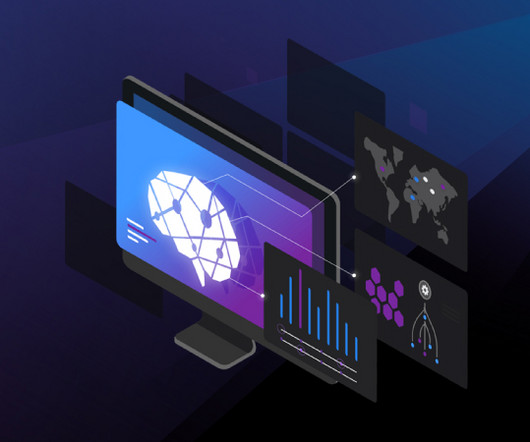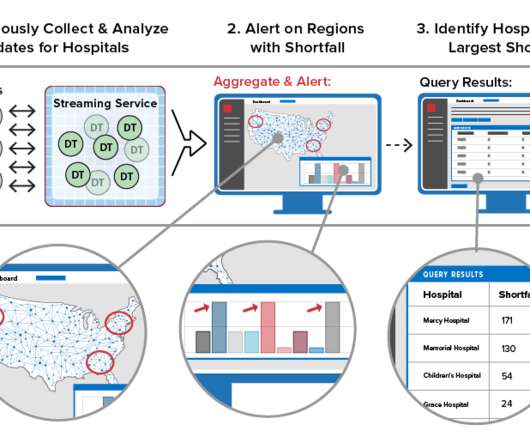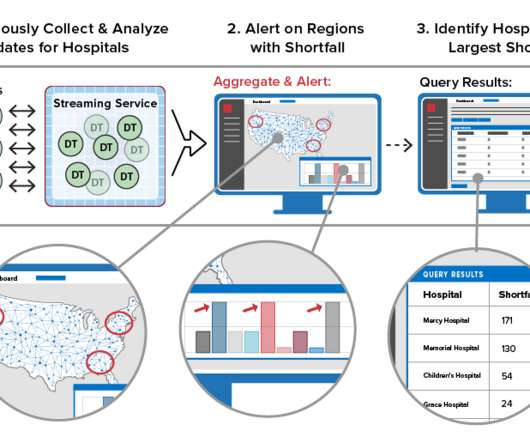What is behavior analytics?
Dynatrace
AUGUST 14, 2023
Collect user behavior data Organizations typically use analytics software to collect a large volume of data on user behavior from relevant sources. These sources can include the website or app itself, a data warehouse or a customer data platform (CDP), or social media monitoring tools.












Let's personalize your content